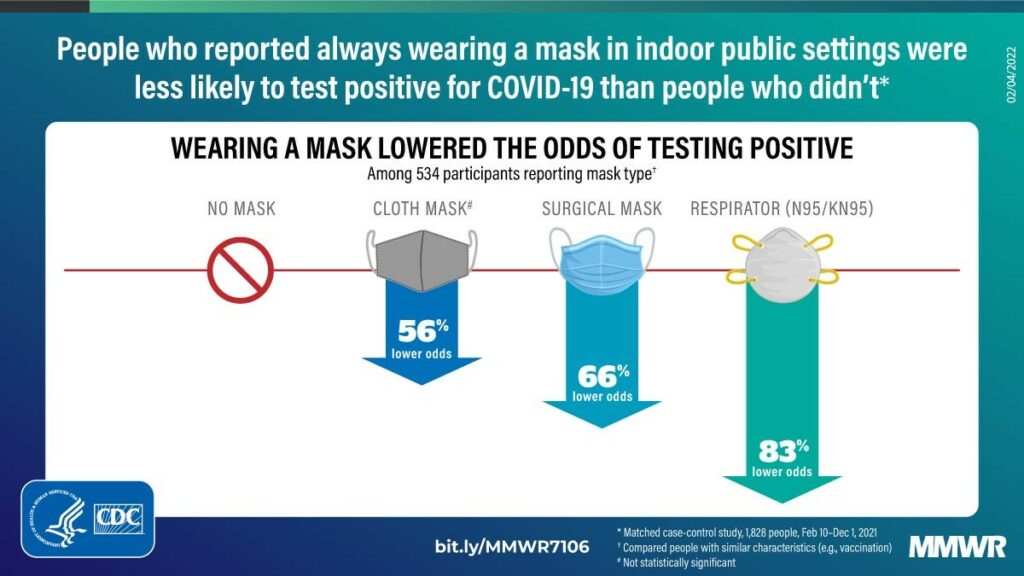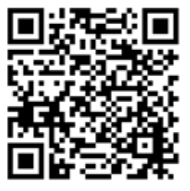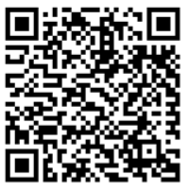
How to Wear Your Mask
- Make sure you mask:
- Fits tightly and securely against your face
- Covers both your nose and mouth at all times
- Does not slide up and down your face when speaking
- Check for leakage by placing both hands over the mask and exhale. If you feel leakage, adjust as necessary.
- When removing your mask, handle the straps. Do not touch the front of your mask to prevent contamination.

How to Care for Your Mask
- N95 masks can be reused up to 5 times with proper care (or 40 hours with proper care).
- Store in a clean paper bag between uses to dry out. Allow a minimum of 5 days between uses.
- Create a daily rotation of masks to allow drying time and note how many uses on the paper bag (1, 2, 3, etc.). Example:
- Monday Mask – 1 (times used already)
- Tuesday Mask – 2 (times used already)
- Wednesday Mask – 3 (times used already)
- Always discard masks after 5th use or when dirty or damaged
Resources:
CDC Guidance for reuse of N95 respirators

The College will comply with federal, state, and local guidance. The College will not be less restrictive
than those guidelines but may choose more stringent standards.
The College will use metrics as an objective measure to determine whether our masking guidelines
should be more restrictive than federal/state/local guidance.
Primary metric: King County Community Level. When the Community Level is designated “Low” as
determined by KC DOH data, masks will not be required while indoors; if the Community Level is
“Medium”, the College will assess other individual metrics, such as hospitalization rates, deaths, etc., to determine whether masks should be required. When the community level is High, masks will be
required on campus while indoors. For more information on how Community Level is determined, see
CDC measures based on new Covid-19 admissions per capita, percent of staffed inpatient beds occupied by Covid-19 patients, and total new cases per capita.
Additional Masking Guidelines when masks are NOT required
Wearing a mask is a personal choice… people have MANY reasons for masking. Avoid making
assumptions about why people are wearing a mask, and please honor masking requests where possible. Except for a few reasons listed below, all employees, students and visitors will follow College masking guidance. Employees are not allowed to require others to mask in classrooms or meeting rooms. However, Employees may ask, but not require, others who enter a classroom or their own small, enclosed office or cubicle space to wear a mask. Employees must have masks available for others if asking them to mask.
- Masks will still be required in health care laboratory education settings, clinical settings, the Disability Resource Center, the Neurodiversity Center and mental health settings.
- Masks are required when instructed by HR (employees) or Student Affairs (students) in accordance with College COVID-19 guidance for those who have symptoms, were exposed or tested positive
- It is recommended that individuals who are at high-risk continue to wear masks.
- Masks may be required as part of internships, clinical placements or travel (this requirement would be set by an outside agency, such as the Federal Aviation Administration (FAA) or the organization sponsoring the internship)
- Employees needing an accommodation should contact Human Resources; students should contact the Disability Resource Center
Last Updated March 14, 2024